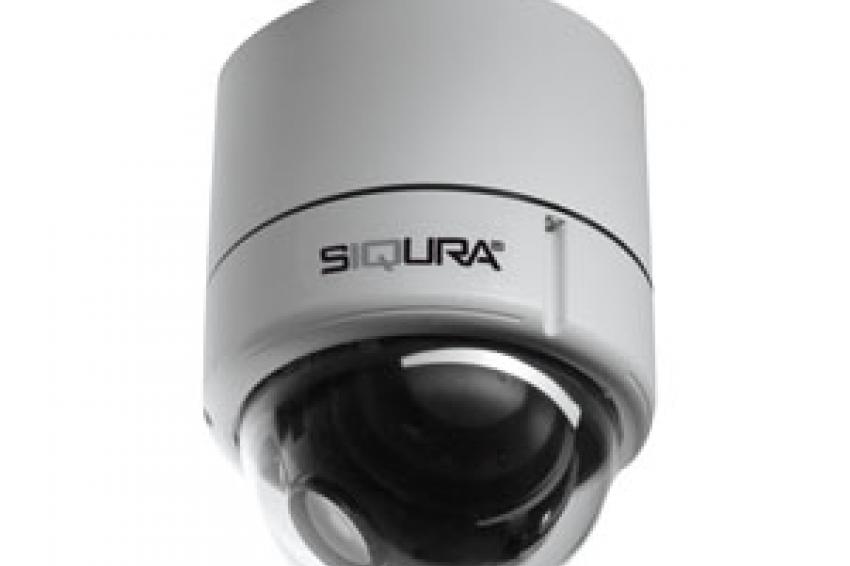The First Direct to Fiber IP PTZ Camera
Optelecom-NKFannounced the release of its Siqura IP PTZ camera line with a flexible SFP interface for directly connecting to a fiber optic network. This feature simplifies both the...
Optelecom-NKF announced the release of its Siqura IP PTZ camera line with a flexible SFP interface for directly connecting to a fiber optic network. This feature simplifies both the setup and maintenance of roadside camera installations where a fiber network is utilized to overcome long distance limitations.
Improve quality while reducing costs
There are few media available in the video surveillance industry that improve image quality while at the same time reducing costs. Yet fiber optic networks do just that. They also maintain the integrity of signals over longer distances and offer more bandwidth than twisted-pair or coax cables. Not to mention that fiber cabling is impervious to electromagnetic interference, such as that caused by high-voltage power lines and lightning.
Due to the ubiquitous nature and the advantages of fiber optic networks, as well as the current migration from analog to IP streaming, Optelecom-NKF is now offering its Siqura IP PTZ dome cameras with a fiber optic connector option. With a flexible SFP interface built into the PTZ body, a wide range of single mode, multimode, and CDWM modules can be used and an impressive range of mounting options are available.
"Network equipment being developed today needs to be able to handle IP traffic, regardless of the medium connecting it to the network," said Roger Decker, Director of Solutions and Marketing at Optelecom-NKF. "That is why Optelecom-NFK recently developed five new IP PTZ dome cameras that can connect directly to a fixed network or wireless bridge via either twisted-pair or fiber optic cabling. We want customers to be able to select hardware based on its ability to withstand variances on the network and to provide high-quality streams."
A solution for every situation
This new camera line consists of five cameras, each optimized for its application, with indoor, outdoor, compact (MSD), and high-speed (HSD) dome camera options. Each camera is capable of quad-streaming, supporting dual H.264 streams in addition to highly configurable MPEG-2, MPEG-4, and MJPEG. This flexibility in compression standards makes it easy for these Siqura cameras to offer the best quality video while at the same time streamlining network performance.
All the Siqura cameras are designed to comply with worldwide adopted standards and are tested with leading VMS vendors. This makes it possible to query or set PTZ coordinate positions or to integrate Siqura cameras into third-party systems. Furthermore, the new Siqura IP PTZ camera line comes with an easy-to-use, access-controlled, Web-based user interface, allowing users to configure or view video streams from a PC or even via handheld devices, such as PDAs.
Since surveillance conditions can vary widely even for just one camera, this Siqura IP PTZ camera series also includes a day/night (IR-cut filter) and backlight compensation as standard features that can be applied manually or automatically when lighting conditions require it. The wide dynamic range functionality ensures excellent video quality, even in the most difficult of circumstances.










